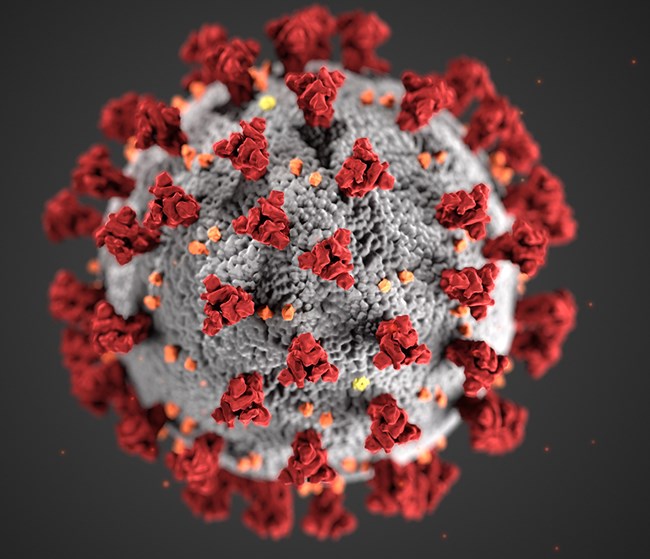
When a Twitter user tipped us off last week to the mysterious disappearance of a preprint of a paper on a potential new therapy to treat Covid-19, we were curious. Was it a hidden retraction, or something else?
The article, titled “Effectiveness of ZYESAMI™ (Aviptadil) in Accelerating Recovery and Shortening Hospitalization in Critically-Ill Patients with COVID-19 Respiratory Failure: Interim Report from a Phase 2B/3 Multicenter Trial,” had popped up on SSRN on April 1.
The trial was funded by NeuroRX, the maker of Zyesami, which trumpeted the results in a series of press releases dating back to February 2021. NeuroRX has been partnering with Relief Therapeutics on the development of the drug, but that marriage seems to be rather rocky.
Guillaume Cabanac, a computer scientist in France, tweeted that by May 10 the paper had vanished with only a trace of meta-data. As another Twitter user noted, however, the article had reappeared on the preprint server with a different title. (We see the post date on SSRN as May 11.)
We took a look at the two articles and found some interesting differences.
The new version is titled “Increased Recovery and Survival in Patients With COVID-19 Respiratory Failure Following Treatment with Aviptadil: Report #1 of the ZYESAMI COVID-19 Research Group” — which offers a considerably more positive spin on the results than the original header.
About those findings. The first paper was muted about the effectiveness of the treatment over 28 days:
Overall, 91 of 131 Aviptadil-treated participants survived to day 28 compared to 47 of 65 placebo-treated patients (70.6% vs 71.7%; P=NS). Among those treated with HFNC (n=127), the main outcome measure demonstrated a trend in favor of the drug treated group (Hazard Ratio 1.53; P=.08). Participants treated in tertiary care hospitals demonstrated a greater effect (HR 1.84; P=.058). A 10 day median difference in hospital length of stay was seen in all HFNC patients (P=.006) and a thirteen day difference was seen in those treated in tertiary care centers (P=.004), with both differences favoring treatment with aviptadil. No drug-related serious adverse events were seen in either group. The only adverse event reported more frequently in drug- vs. placebo-treated participants was mild to moderate diarrhea (30% vs 1.5% P<.001), which was expected. At 28 days, a smaller percentage of Aviptadil-treated vs. placebo-treated participants remained hospitalized for respiratory failure (37% vs 51%;P=.08). The study was insufficiently powered to detect differences in outcome among patients treated with non-invasive and mechanical ventilation and no differences were detected.
Here’s what the new version says about the treatment at the 60-day point:
Across all patients and sites of care, patients treated with aviptadil were significantly more likely to be alive and free from respiratory failure at 60 days, compared to those treated with placebo (P=.02) and demonstrated improvement in survival alone (P<.001). Advantages in survival for aviptadil-treated patients were seen in both the subgroup classified as 2 on the National Institute of Allergy and Infectious Disease (NIAID) ordinal scale (58.6% vs. 0%; LR chi square=10.5, p=.001) and the NIAID=3 subgroup (83.1% vs. 62.8%; LR chi square=5.6, p=.03). Among patients who recovered successfully, those treated with Aviptadil had a median 10-day reduction in length of hospital stay compared to placebo patients (P=.025).
The authorship on the second paper also differs slightly from the first, and the new version now contains disclosures of potential conflicts of interest — which appear to be relevant:
Author JCJ is employed by NeuroRx, Inc. and is a shareholder in NeuroRx. Author PL is employed by Lavin Statistical Associates, which is paid by NeuroRx, Inc. for independent statistical analysis. Author MJM is a consultant to NeuroRx, Inc. Authors JGY, RAL, RL, DJP, JPF, and DJ received research support from NeuroRx via payments to their institutions.
Jonathan Javitt, of the Johns Hopkins School of Medicine, the Potomac Institute for Policy Studies and NeuroRx, and the corresponding author of the articles, told us that:
The ssrn editors asked me to provide additional detail regarding IRB approval with addition of IRB approval numbers, which I did. There were no changes to data or conclusions.
So, why not note the removal of the earlier version, as other preprint servers do? Javitt said:
In my opinion, it would have just created confusion, but who knows? Preprints are works in progress.
Like Retraction Watch? You can make a one-time tax-deductible contribution or a monthly tax-deductible donation to support our work, follow us on Twitter, like us on Facebook, add us to your RSS reader, or subscribe to our daily digest. If you find a retraction that’s not in our database, you can let us know here. For comments or feedback, email us at [email protected].
Yes, preprints are work in progress. All the more reason then to maintain a visible trail with version control. For those who actively choose not to do that & to withdraw a preprint completely only to ‘replace’ it with a new item under a new title does not really inspire confidence in the latter work. Nor is that within the spirit of participating in open science. I suggest the confusion might be in the mind of the corresponding author about how preprints should work. The rest of us do not seem to have this ‘confusion’…
How a dataset evolved from equivalent survival at 28 days with a p-value likely around 1.0 to a survival p-value < 0.001 at 60 days is astonishing. It is almost as if these are two different datasets, or at the very least we are talking about different populations (i.e., a subset). This is particularly true since even at 28 days, 30% of avidaptil treated patients were already dead.